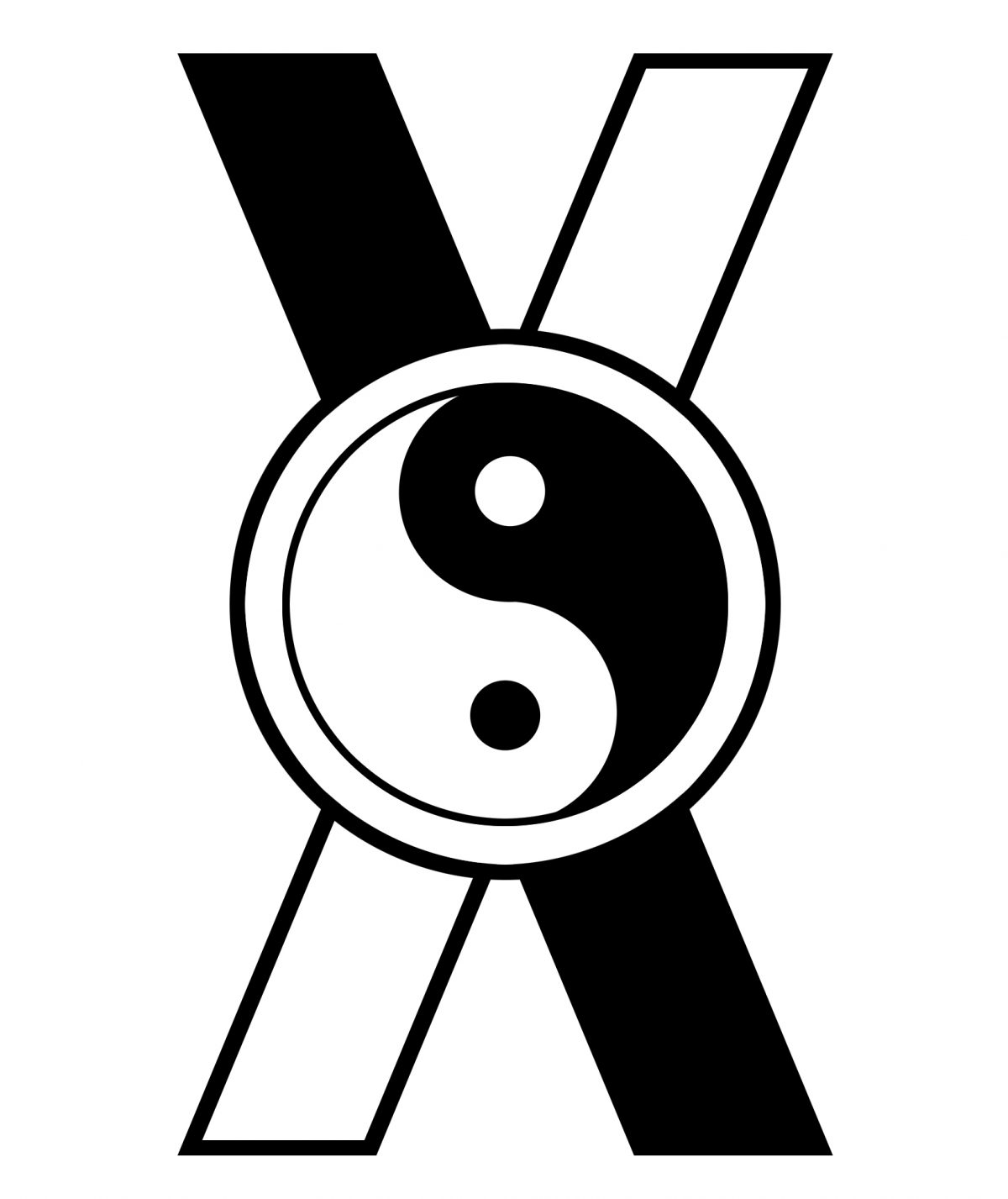Mystics like myself face some deep questions when it comes to the use of violence. This is understandable as we’re people who take a connected view of reality. When you start severing connections, you have some things to deal with.
Violence is a blunt instrument, and history – and oft experience – teaches us it’s limits. Scorched earth, mourning families, and societies falling into punitive revenge as a method of “justice.” We also know the personal effects, from coping with loss to people who become addicted to the high of anger and revenge. It’s easy to see why many a philosopher and mystic has said “hey, people, let’s lay off all the killing.”
At the same time, like it or not, violence can be the answer. There are times it’s the best tool, or the only tool left, to deal with some pretty horrible situations. Whatever the fallout, sometimes it seems not using force is the worse option. Violence may not solve problems, but it can sure as hell delay them, decrease them, or give you time for better solutions.
This area has often troubled me, but something that helped me make sense of it comes from Buddhist tale.
The story has different forms, but essentially it takes place in “older times” where a Buddhist monk is on a boat crossing a river with various passengers. A man (sometimes a madman) begins threatening people with a knife, obviously going to kill people. The monk cracks the man over the head with an oar, killing him. When the surprised people interrogate the monk, he simply and sadly notes that the now-dead man would have created a lot of bad karma, and he was being merciful.
It’s one of those koan-like tales, with stunning contrasts make you think. Is it more merciful to use violence at times? You may actually prevent someone from leaving a horrific legacy (karma). It’s violence for the sake of compassion.
As I think of this tale further, the monk did not posture or brag or even accept praise. His action was part of his practice, albeit an extreme part – he reduced suffering and potential suffering in the world. He did not take on a career of vigilantism or seek vengeance on the allies or friends or neighbors of the man he killed. Violence was a tool, not his personality – he kept being a monk.
Violence that prevented worse and that was done in a way that didn’t corrupt the committer nor those around him.
This further reminds me of Taoist teachings that recommend against glorifying violence, displays of weaponry, and taking a cautious, mournful approach (and some would argue, more covert means). Violence may be needed, but you can avoid the trap of getting really into it. Violence can be addictive, and it can become all of your personality, as we’ve oft seen in history, from people to countries.
This story and these thoughts have helped me understand violence in context of a more mystical view. It may be necessary, but should never be the goal. It should be something that you use to prevent worse, not glorified. Finally, make sure it doesn’t change who you are into something worse by doing it for what you hope are the right reasons. It’s an approach that takes a more connected approach to the world and our hard questions.
I admit in the world at this time it may seem naive. But having seen how people will fight for what they care about, and how violence corrupts those who do not care, it’s something to think about. It also means you may act in ways violence-inclined people can’t comprehend – the monk’s target never saw him coming, after all.
– Xenofact
